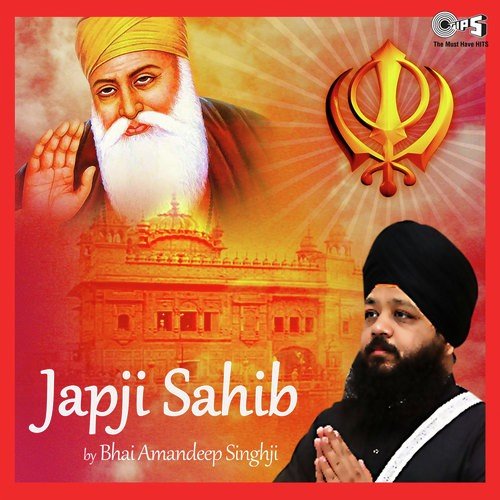
INDIAN CLERGY OBSESSED WITH THE HINDU DEITY GANESHA FEBRUARY 2015

PILAR PRIEST FR PETER CARDOZO VENERATES THE HINDU DEITY GANESHA TAMIL NADU CLERGY VENERATE THE HINDU DEITY GANESHA THE ST PIUS X SEMINARY CELEBRATES HINDU DEITY GANESHA

SeeĬARDINAL IVAN DIAS LIGHTS A LAMP FOR THE HINDU DEITY GANESHA That is a moot question because the clergy already appear to be obsessed with Ganesha, a Hindu deity. Is that the future of Catholicism in India too in the name of “inculturation”? It was originally not used by Jains, but as Jainism became increasingly indistinguishable from Hinduism with the adoption of Hindu rituals, it is now practiced by Jains who also worship the pantheon of Hindu deities. Its performance is conducted only by those who worship idols and “graven images” as in the sanatana dharma of Hinduism.Īmritsari Sikhs in particular and Sikhs in general are forbidden to perform the arati. It is not “ inculturation” or “ Indianisation” as some of our Bishops have had us - and Rome - believe because the use of arati is not indulged in by Indian Protestants, Indian Muslims, Parsis or Sikhs. It is as much an actual act of veneration of the deity as it is a superstitious propitiation or appeasement of the object to which arati is offered or a ritual to ward off the “evil eye”, like much else in the Hindu religion. It is a daily feature in the syncretized liturgies of the Catholic ashrams movement. It is exclusive to Hindu temples and rituals, and is not used in the rituals of other Indian religions such as Buddhism. The inclusion of the arati in the Indian Rite Mass is described in the TWELVE POINTS as “ the Indian form of worship ” whereas (Plenty of evidence that the arati is Hindu follows) In the Offertory rite, and at the conclusion of the Anaphora the Indian form of worship may be integrated, that is, double or triple “ arati “ of flowers, and/or incense and/or light.Īarti also spelled arati, arathi, aarthi (from the Sanskrit word aratrika with the same meaning) is a Hindu religious ritual of worship, a part of puja, in which light from wicks soaked in ghee (purified butter) or camphor is offered to one or more deities.

We shall examine that all-important issue later. “TWELVE POINTS OF ADAPTATION” of the “Indian Rite” Mass (see pages 13, 15ff.) including the use of the Hindu religious ritual, the arati in April 1969. The Bishops of the Catholic Bishops’ Conference of India (CBCI) had, with the National Biblical, Catechetical and Liturgical Centre (NBCLC) according to several Catholic sources, “fraudulently” obtained permission from Rome for the My inclusions and comments are, as always, in green colour font.

The Arati in the Liturgy – Indian or Hindu? The Arati in the Liturgy – Indian or Hindu? Home › Hinduisation of the Catholic Church in India › The Arati in the Liturgy – Indian or Hindu?


 0 kommentar(er)
0 kommentar(er)
